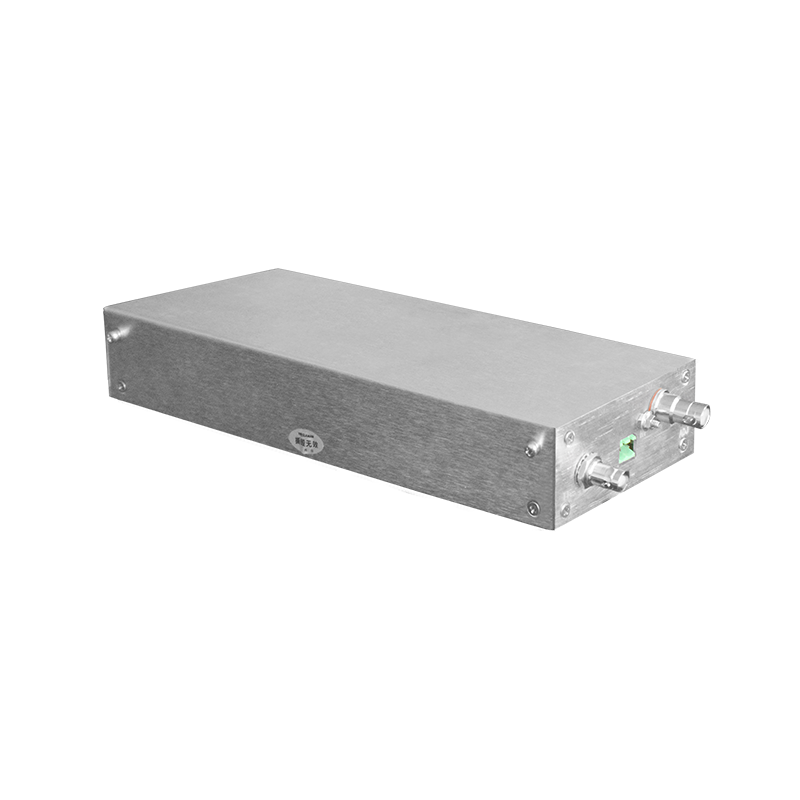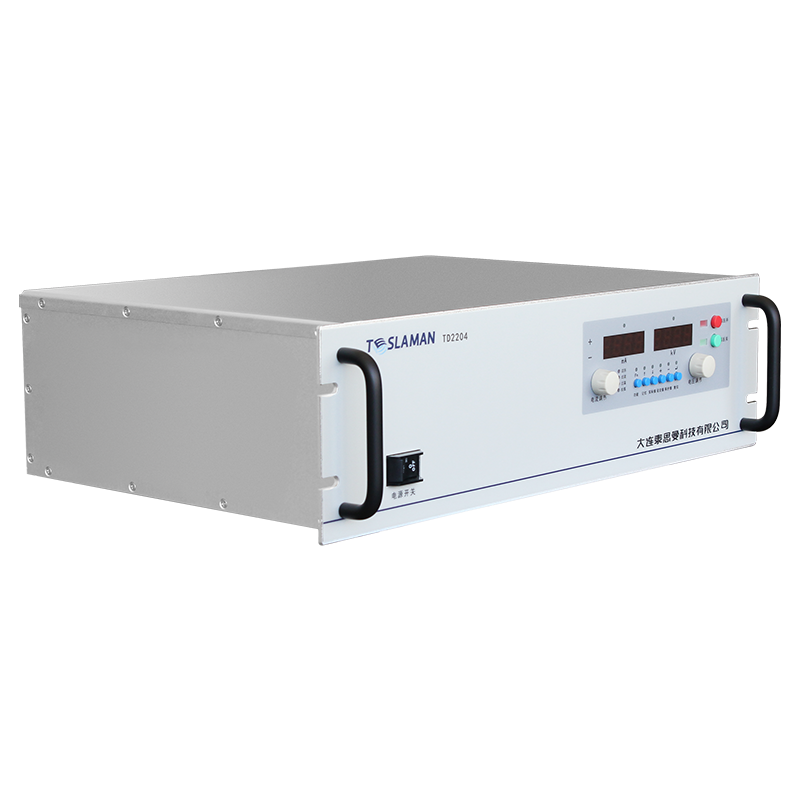Modular Hot-Swap Design and Reliability Enhancement Measures for High Voltage Power Modules
Modularization and hot-swap capability have become key approaches for increasing maintainability and reliability in high voltage systems. The modular design allows each power unit to operate independently while contributing to the overall system output. When hot-swap capability is added, faulty modules can be replaced without interrupting system operation—a feature especially valuable in critical applications such as medical imaging, accelerator systems, and high-voltage testing.
A core challenge in modular hot-swap design is ensuring stable electrical and thermal transitions during insertion and removal. Each module is equipped with a pre-charge circuit that gradually charges internal capacitors via a soft-start MOSFET network, preventing inrush current and voltage sag on the shared DC bus. Sequential contact connectors are used, where signal pins engage before the main power pins, ensuring that control communication is established prior to full electrical connection.
At the system level, redundancy is implemented through a master-slave control structure. The master controller monitors all module parameters—including voltage, current, and temperature—and dynamically redistributes power among active modules during hot-swap operations. When a new module is inserted, it synchronizes its output voltage and phase with the system before smoothly sharing the load.
Reliability is further enhanced by predictive health monitoring. Each module continuously reports critical metrics such as leakage current, switching temperature, and insulation resistance. Machine learning algorithms or statistical models analyze long-term data trends to forecast component degradation. In case of abnormal deviation, the system can preemptively isolate a module before failure occurs.
Thermal management also plays a crucial role. Modules are designed with optimized heat conduction paths and real-time thermal derating algorithms that reduce output power when cooling efficiency drops. This prevents thermal runaway and extends component lifespan.
By integrating modularity, hot-swap capability, and predictive diagnostics, modern high voltage power supplies achieve near-continuous operation with mean time between failures (MTBF) exceeding tens of thousands of hours.
Topology Innovation and Optimization of Power Factor Correction Circuits in AC-DC Power Supplies
Power factor correction (PFC) is essential in AC-DC power supplies to minimize harmonic distortion and improve energy utilization. Conventional rectifier-based front ends draw non-sinusoidal currents, which reduce power factor and increase total harmonic distortion (THD). Advanced PFC topologies aim to align the input current waveform with the input voltage, achieving unity power factor and compliance with regulatory standards such as IEC 61000-3-2.
The classical boost PFC converter, though widely used, suffers from high switching losses and EMI at elevated power levels. Recent innovations include interleaved multiphase PFC, bridgeless topologies, and soft-switching designs. Interleaved PFC distributes the total load across multiple phases, reducing current ripple and improving thermal balance. Bridgeless designs eliminate diode bridge losses, enhancing efficiency by 1–2%.
Resonant and quasi-resonant PFC circuits introduce zero-voltage switching (ZVS) or zero-current switching (ZCS) conditions, drastically reducing switching losses. Combined with wide-bandgap semiconductors such as SiC MOSFETs or GaN HEMTs, switching frequencies can exceed 200 kHz, allowing for smaller inductors and capacitors while maintaining high efficiency above 96%.
Control strategies have also evolved. Average current mode control remains dominant, but digital implementations now outperform analog counterparts due to precise sampling and adaptive compensation. DSP-based controllers calculate duty cycles in real-time to ensure the input current follows the sinusoidal reference with minimal phase lag. Advanced predictive and fuzzy control algorithms further enhance transient response under dynamic load changes.
In high-performance systems, bidirectional PFC is also emerging, enabling energy recovery back to the grid. This is particularly beneficial in test equipment or regenerative systems. Through topological and control optimization, modern AC-DC power supplies achieve unity power factor, low THD (<3%), and compact design, setting a new benchmark in energy efficiency and power quality.




















